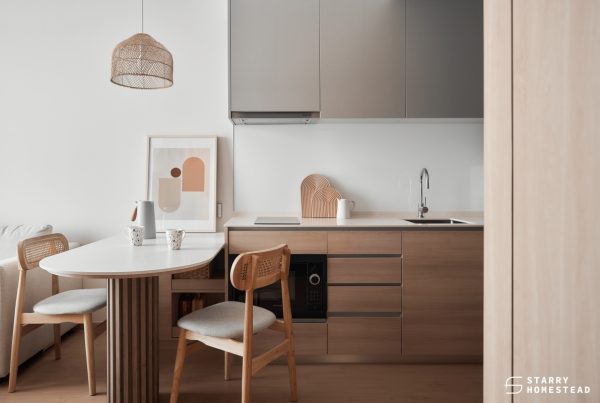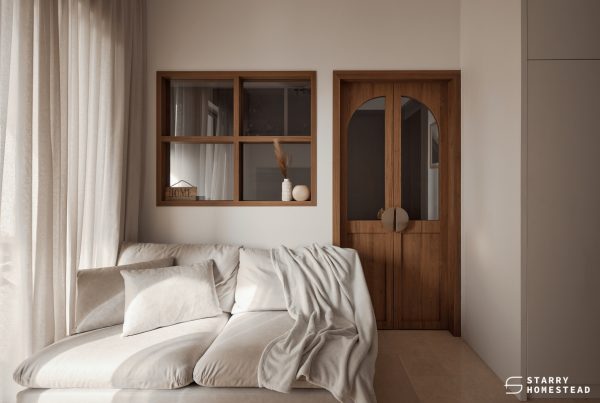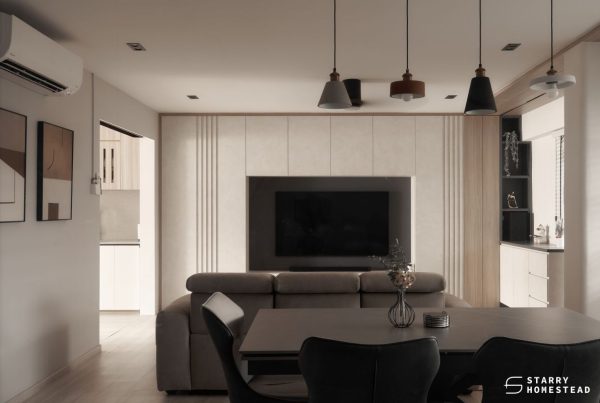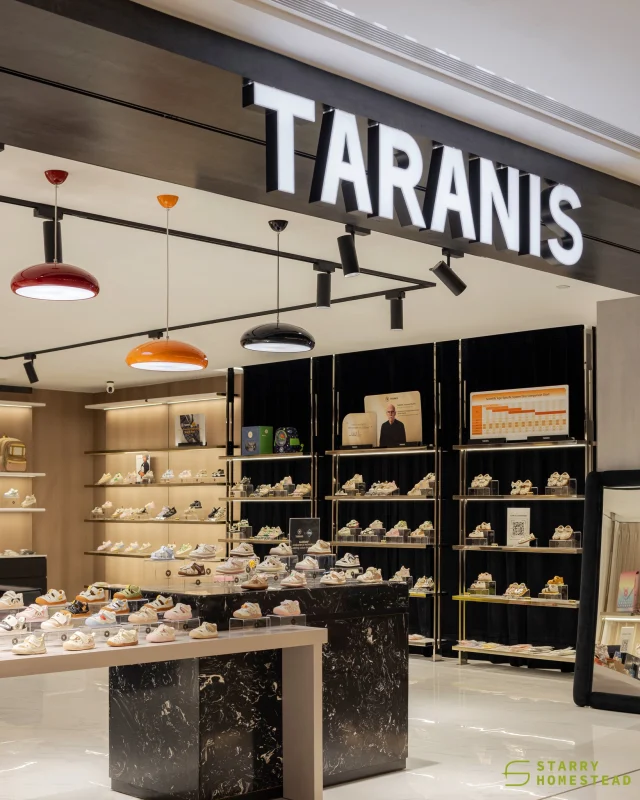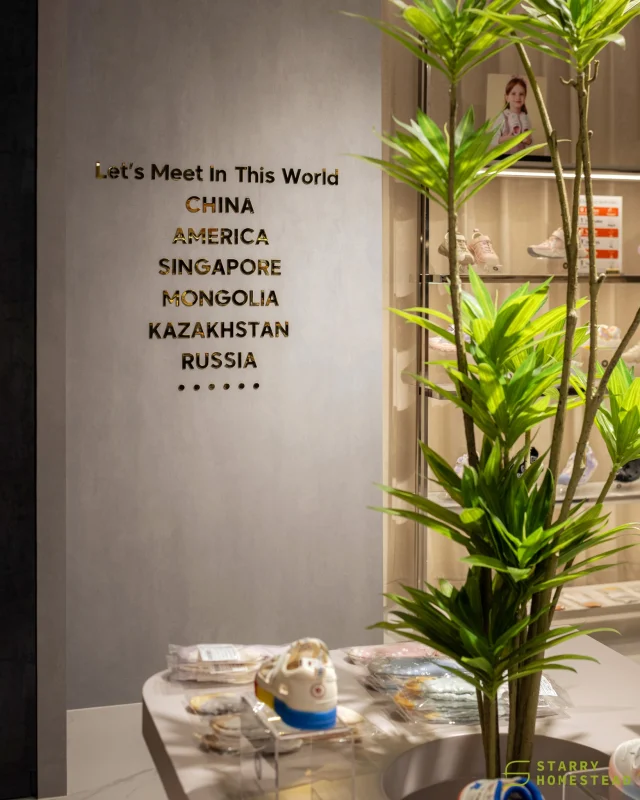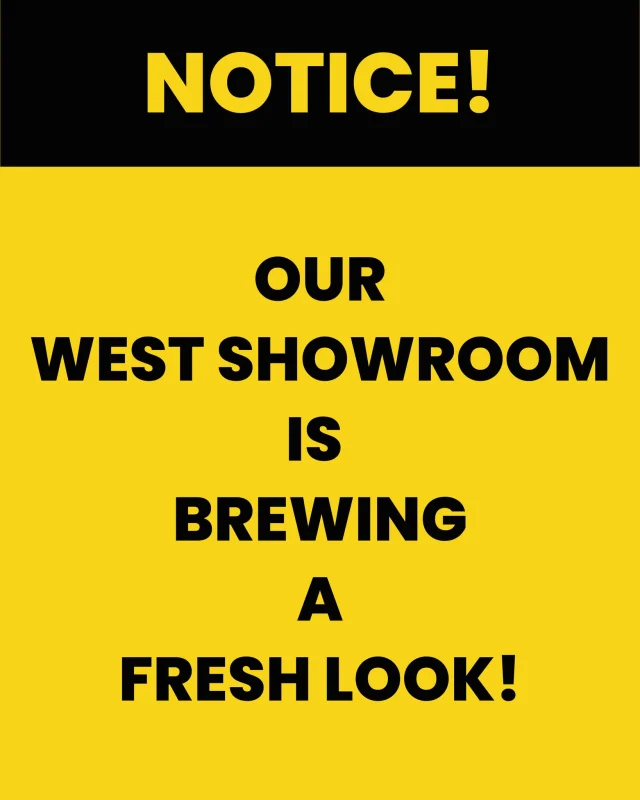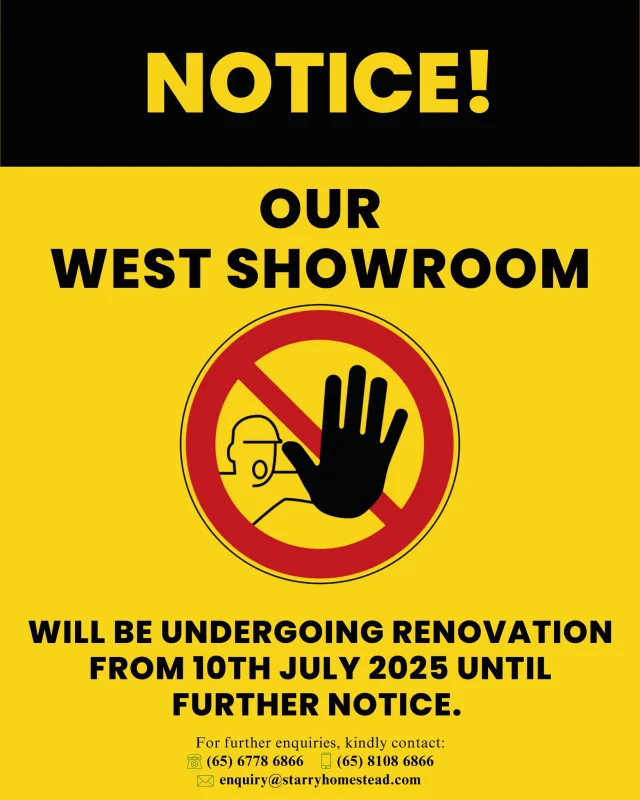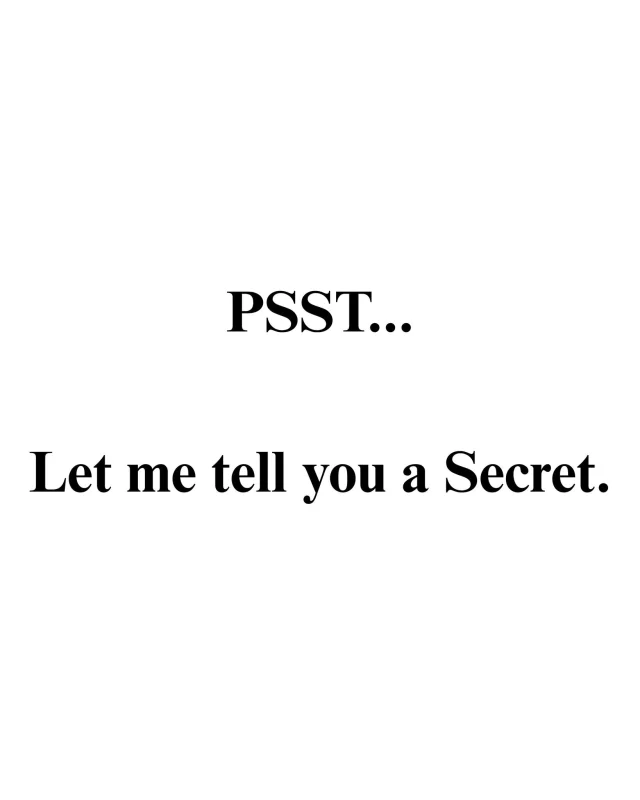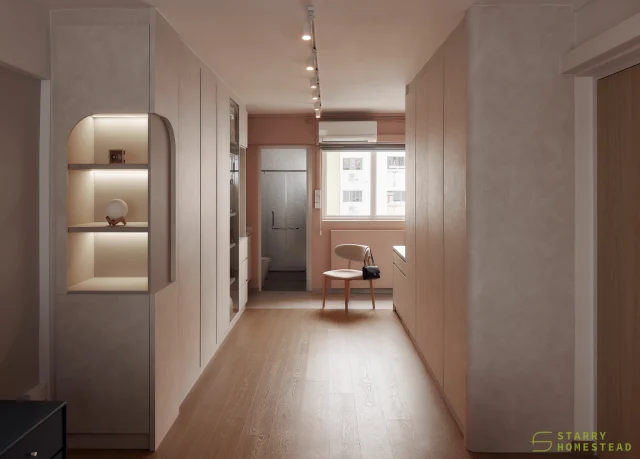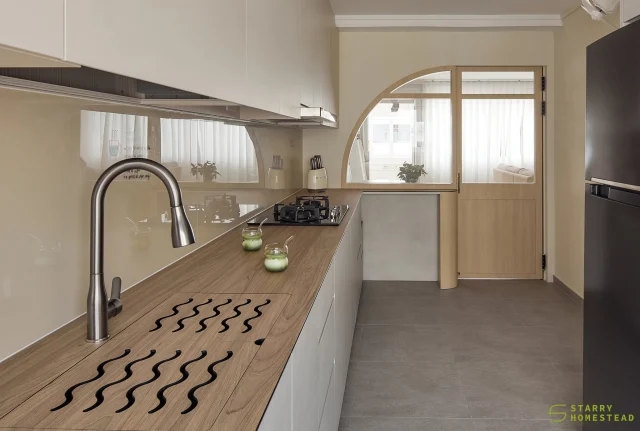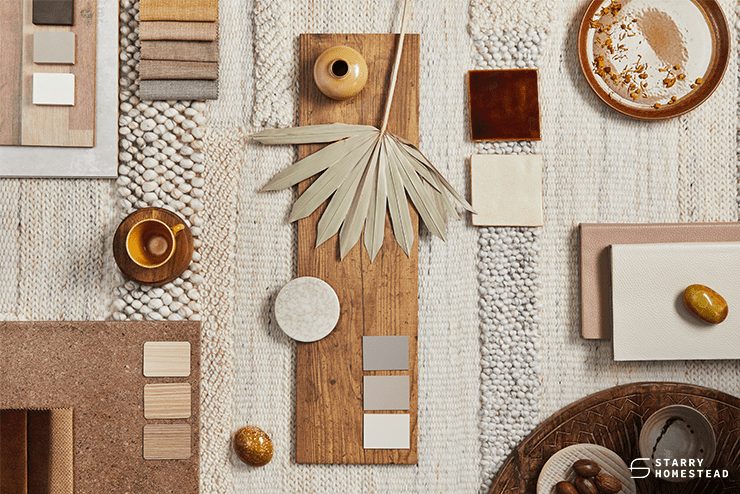
Before meeting your interior designer to discuss your home renovation and interior design, it is a good idea to first prepare a mood board. You’re probably wondering “why do I have to create a mood board if I’m engaging an interior design firm?” Well, home renovations are high-ticket items that cannot afford to go wrong, and you want to perfect your home interior design without wasting a single cent.
By first creating a mood board before you meet your interior designer, you can effectively convey your aesthetic ideas to your designer without any miscommunication. Thus, ensuring that you achieve the look you want.
What is a Mood Board?
A mood board is a collection of images and items that are used to visually represent an idea for a design project. It is used in editorial photography, home interior design, and more. The purpose of a mood board is to provide a clear direction on a project, assist one in exploring more ideas and refine the final style, mood, colours and feel before actual designing work begins.
Mood boards collate your ideas together in one place, allowing you to clearly see what works and what doesn’t, preventing potentially costly mistakes down the road.
How to Create a Mood Board?
1. Look into colours
Colours can influence your mood and change the vibe of an interior. Based on the kind of mood you want to create for your home, you can shortlist a few colours to form a colour palette that creates a tangible version of the vibe you want. Pantone’s website is a good place to start looking at colours because it has a plethora of colour swatches to choose from.
If you have no preference for colour and wish to draw inspiration from somewhere, you can take a look at Pantone’s Fashion Colour Trend Reports and yearly Colours of the Year.
These colours don’t have to be solid swatches; they can be in prints where a colour combination inspires you and makes you feel a certain way. Combine them to create the colour scheme you want for your home.
2. Incorporate patterns and textures
A home devoid of patterns and textures will be boring and plain. Even minimalist interiors contain some sort of pattern in them. Do you like the texture of thick and fluffy rugs or the soft and smooth feel of linen? What about patterns? Do you prefer contrasting and intersecting lines or subtle and fluid ones?
You can look for images of these patterns and textures online, or cut out materials yourself and paste them onto your mood board. Make sure that the combinations you create are in line with the vision you have for your home interior design. Experimenting with various patterns and textures will allow you to discover new combinations and gain new perspectives.
3. Design elements and furniture styles
Arched walls, fluted panels, and vintage-style furnishings are some design elements to consider for your home interior design. Do you like the clean and sleek lines of minimalist interiors or the ornate details of Victorian-style architecture?
Scour the web for pictures of the latest design trends and the design elements you want to include in your mood board. They add character to your home interior design and affect the overall look and feel of your home.
4. Draw inspiration from the internet
Your best source of inspiration is the internet. Look through photos of home interior design and get ideas from how they combine design elements. Aside from interior design, fashion, art, and nature can all serve as sources of inspiration. Small home décor items such as vintage dishware, tile samples, and art frames can also be included to put emphasis on the style and vibe you are looking for.
5. Put them together
After you’ve gathered all of the images you’ll need, you can begin assembling them into a mood board. Collect colour swatches, material cuttings, images, and other materials to create the look you want. You’ll notice how things work or don’t work as you start piecing them together. Rearrange them as needed, remove or add items, and experiment until you achieve the look you want on your mood board.
Once you’ve organised your mood board to your liking, you can present it to your interior design firm, who will conceptualise a design for you based on it. With this mood board, the designs will be accurate to what you have in mind.
Thinking of doing home renovations to transform your home? Design beautiful spaces unique to you with Starry Homestead’s team of creative interior designers. Bring your dream home to life today.
